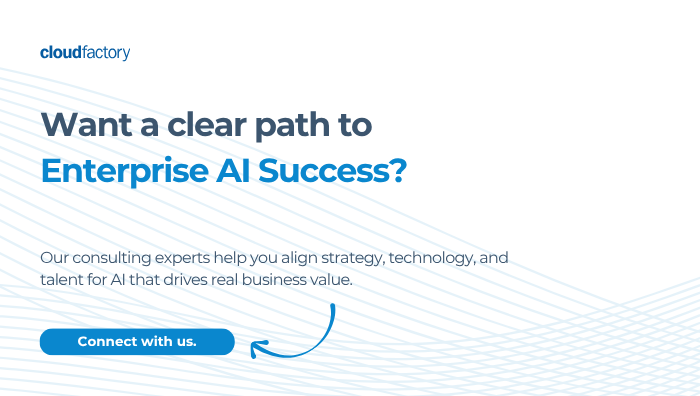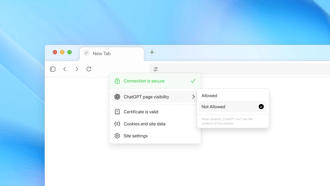Energy companies worldwide are under increasing pressure to consolidate vendors, reduce software sprawl, and cut operational costs. Yet, many digital transformation initiatives paradoxically create further fragmentation. As new tools are implemented to solve isolated issues, layers of complexity are added, making enterprise-wide reporting more challenging and expensive—not less.

This reality presents a significant challenge for leadership. Despite constant calls for efficiency, existing systems often undermine those efforts. In this article, we examine the root causes of data fragmentation, highlight its hidden costs, and present a clear path toward strategic consolidation—transforming reporting from a burdensome cost center into a source of strategic intelligence.
The Data Fragmentation Problem: Why Cross-Unit Insights Remain Elusive
For global energy companies, gaining a unified view of performance across all business units is essential for sound strategic decision-making. Achieving this, however, is notoriously difficult. At the core lies data fragmentation: each business unit typically uses bespoke software, distinct processes, and specialized data capture methods suited to its unique operational needs.
While this practice may be effective locally, it creates major challenges at the enterprise level. The outcome is a collection of silos with inconsistent data structures, making direct comparisons between assets or regions nearly impossible. As a result, leadership must make critical investment and operational decisions based on fractured data, creating what is often called the "siloed insights trap"—where the organization gathers more granular data than ever but achieves less strategic clarity.
The Hidden Costs of Complexity
The issues related to data fragmentation extend beyond inefficient decision-making. The manual processes needed to reconcile these data gaps add substantial hidden costs and operational risks, impacting the organization’s bottom line in several key areas:
- Wasted Software Spend: Many companies maintain redundant, multi-year licenses for specialized software used only occasionally. This undermines vendor consolidation initiatives and unnecessarily inflates IT expenditures.
- Reporting Paralysis: Centralized reporting teams rely on manual, spreadsheet-driven workflows. Data extraction and consolidation often require days or weeks, delaying vital insights. These fragile processes are error-prone and consume valuable analyst time that could be dedicated to higher-value tasks.
- Fragile Data Processing: Numerous workflows depend on Optical Character Recognition (OCR) to digitize documents. Static OCR models are easily disrupted by file format changes, leading to ongoing retraining and additional costs—diverting resources simply to maintain basic functionality.
- Compliance and Audit Risk: Manual, unaudited processes for critical reporting increase compliance exposure. Weak data governance makes it difficult to guarantee accuracy or provide a reliable audit trail, raising the risk of regulatory penalties.
Why Adding More Tools Won't Solve It: The Integration Trap
A common response to these complexities is to implement yet another point solution—a tool designed to fix a specific problem, such as data extraction or visualization. This approach, however, often exacerbates the issue. Each new tool introduces additional silos, integration projects, and vendors to manage, with the integration costs potentially outweighing the benefits.
Rather than expanding an already overgrown technology stack, organizations should focus on strategic consolidation. The goal is to simplify the environment—moving away from a collection of single-purpose tools to a unified platform that enables cohesive, enterprise-wide data management.
A Platform Approach to Data Consolidation
Effective consolidation requires replacing fragmented systems with a unified, agent-based AI platform. Combining consulting expertise with a robust two-layer architecture, this approach delivers unified intelligence across the enterprise. It is carefully tailored through consulting, rather than deployed as a generic, off-the-shelf product.
Layer 1: Data Standardization and Consolidation
The foundational challenge is achieving data consistency. AI-powered agents connect to disparate sources—from spreadsheets to legacy systems—and automate the structuring and standardization of information. This process eliminates manual, macro-driven workflows and reporting bottlenecks. Integrated OCR agents seamlessly handle diverse file formats, adapting to changes without ongoing retraining.
Layer 2: Natural Language Access
This second layer democratizes access to consolidated data. Business leaders can query complex datasets in plain English via a straightforward chat interface. Natural language queries are automatically converted into SQL, delivering actionable insights in minutes—no specialist training or analyst intervention required. Executives gain direct, intuitive access to the information they need.

Three Vectors of Business Value: A Case Study
Our partnership with a leading global oil and gas organization—one of the world’s largest—demonstrates the tangible benefits of this approach. Struggling with entrenched data fragmentation, excessive software costs, and slow, manual reporting, the company worked with us to implement a unified AI-driven reporting platform. The transformation yielded measurable results across three primary areas:
- Hard Cost Reduction: We enabled our enterprise client to eliminate millions of dollars in annual software license fees by consolidating redundant software license agreements. The move also avoided millions in yearly capital expenditures by not upgrading a patchwork of legacy systems, and unified cloud infrastructure further reduced redundant storage costs of similar value.
- Operational Efficiency: Automating data extraction and validation across thousands of spreadsheets has freed up the time of 10 full-time employees, allowing them to focus on more strategic work. Eliminating the ongoing need to maintain OCR models saved additional money, while reporting cycles became dramatically faster—a key benefit for business agility.
- Strategic Insight & Risk Reduction: Standardized, automated data reduced operational errors. The platform enabled rapid replication of best practices across global assets, accelerating margin improvements. Additionally, the time required for centralised, verified reports has been reduced from weeks to minutes (via the LLM’s Natural Language to SQL interface).
Starting Small, Scaling Big: Proof-of-Value with a Leading Energy Company
Acknowledging the complexity of this major oil and gas company’s data landscape, we began with a proof-of-value initiative focused on two business units. This targeted pilot produced quantifiable benefits within months.
Teams experienced significant reductions in manual reporting and gained access to timely, accurate performance metrics previously unavailable. The pilot’s success provided compelling ROI evidence, making the case for scaling clear and convincing. Effective change management and the early adoption of new processes built organizational confidence, de-risking the broader rollout. By scaling methodically, we supported a successful transition to a fully integrated, enterprise-wide AI platform—positioning the organization for sustained efficiency and growth.
The imperative for energy companies to consolidate and achieve true efficiency is stronger than ever. The real question is whether current initiatives are truly simplifying operations—or merely rearranging complexity. Sustainable transformation comes from replacing fragmented tools and manual processes with a unified AI platform, delivered with the guidance of experts who understand your business. This approach brings strategic alignment, reduces operational risk, and opens new avenues for growth.
If your organization is struggling with data fragmentation and vendor sprawl, connect with our team to discuss how a unified AI platform can transform your operations.
.png?width=1563&height=1563&name=Untitled%20design%20(38).png)




.png?width=1563&height=1563&name=Untitled%20design%20(30).png)



.png?width=1563&height=1563&name=Untitled%20design%20(33).png)


.png?width=1563&height=1563&name=Untitled%20design%20(34).png)














